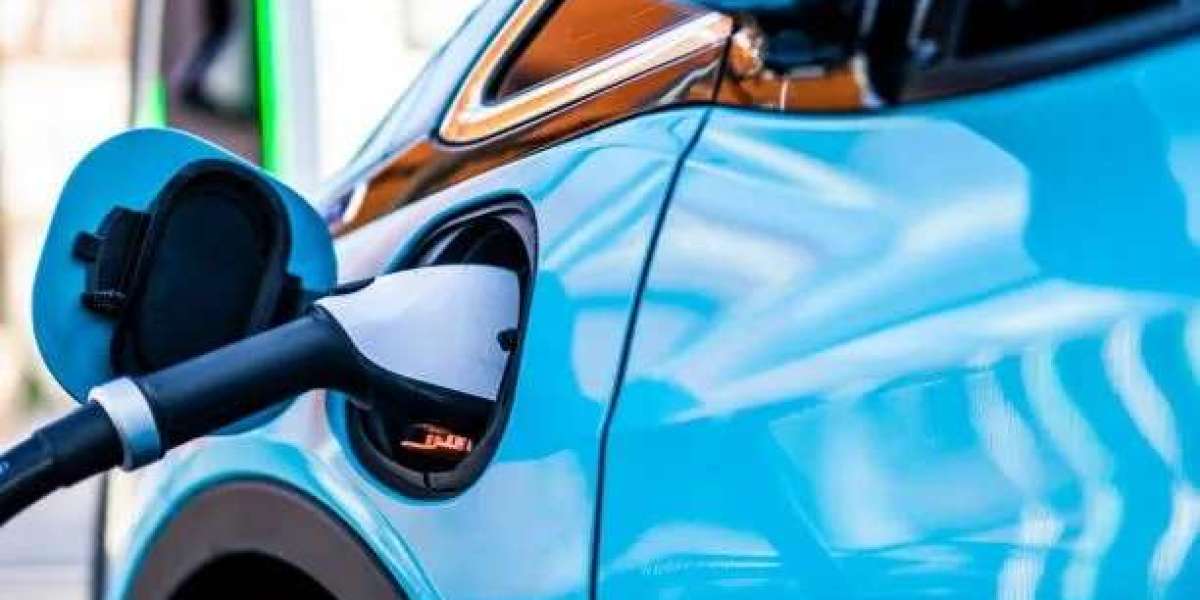Introduction
Topper Company is a Professional EV Charger Manufacturer in China, Providing Reliable Electric Vehicle Charging Stations and Comprehensive Charging Solutions.
As electric vehicles (EVs) become increasingly popular worldwide, it’s important for current and future EV owners to understand the various types of charging stations available. Efficient charging infrastructure greatly influences the EV ownership experience by affecting convenience, travel planning, cost of charging, and even battery health.
Whether you’re charging at home, work, or out in public, different types of EV chargers serve distinct purposes tailored to various driving habits. In this article, we’ll explore the main categories of EV charging—Level 1, Level 2, and Level 3—cover where you’re likely to find them, how they operate, and which scenarios they suit best.
Home Charging Stations: The Cornerstone of EV Ownership
One of the biggest perks of owning an EV is the ability to recharge at home. Home charging offers unparalleled convenience, letting you start every day with a fully charged battery without making extra stops at public stations.
Level 1 Charging – Simple and Accessible
Level 1 charging uses a standard 120-volt household outlet—the same one used for many home appliances. It requires no special equipment beyond the charging cable included with your vehicle.
Charging Speed: Adds roughly 2 to 5 miles of range per hour.
Full Charge Time: Typically takes 22 to 50 hours to fully charge a battery electric vehicle (BEV) from empty, depending on battery size.
Best Use: Ideal for overnight charging or drivers with short daily commutes. Also serves as a reliable backup charging option.
While slow, Level 1 charging remains practical, especially for plug-in hybrids (PHEVs) with smaller batteries.
Level 2 Charging – The Preferred Home Solution
Level 2 chargers operate on a 240-volt circuit, similar to those used for home ovens or dryers. Most EV owners choose to install Level 2 chargers for daily use due to their faster charging speeds.
Charging Speed: Provides 10 to 30 miles of range per hour.
Full Charge Time: Usually charges a BEV to 80% in 4 to 10 hours.
Installation: Requires a professional electrician and may necessitate electrical panel upgrades.
Best Use: Perfect for overnight home charging or drivers who need faster turnaround times.
Many Level 2 chargers also come with smart features like app integration, scheduling, energy monitoring, and load balancing, making them a great long-term investment.
Workplace Charging: Powering Up While You Work
Workplace charging stations are becoming more common as companies aim to support sustainability and enhance employee benefits. Offering EV charging at work allows drivers to recharge during the day, extending their effective range.
Common Types: Mostly Level 1 or Level 2 chargers.
Benefits: Convenient top-ups during work hours, reduced home energy consumption, and greater driving flexibility.
Employer Considerations: Businesses may qualify for incentives, tax credits, or green certifications. They can offer free charging or bill employees for usage.
For many, workplace charging can cover most weekly charging needs, especially if commutes are under 50 miles round-trip.
Public Charging Stations: Keeping EVs Moving on the Road
Public charging infrastructure is vital for EV adoption, providing power when drivers are away from home or on long trips. These stations vary widely in speed, power, and network access depending on location and provider.
Level 1 Public Charging – Slow but Steady
Though uncommon, some public areas still provide Level 1 charging, typically for long-term parking like airports or municipal garages.
Charging Speed: 2 to 5 miles per hour.
Best For: Urban locations where vehicles remain parked for hours.
Level 1 public chargers can be handy for topping off batteries during extended stays.
Level 2 Public Charging – The Everyday Workhorse
Level 2 chargers dominate most public charging networks in urban and suburban areas. You’ll find them at malls, hotels, restaurants, gyms, hospitals, and parking lots.
Charging Speed: 10 to 30 miles of range per hour.
Full Charge Time: Around 5 to 11 hours for a typical 200 km range.
Access: Most are networked (e.g., ChargePoint, EVgo) with apps for locating, reserving, and paying.
Level 2 public charging is ideal for destination stops — plug in while shopping, dining, or attending events.
Level 3 Charging (DC Fast Charging): Rapid Refueling for Long Trips
Level 3 chargers, also called DC fast chargers (DCFC), provide the fastest charging by delivering direct current straight to the battery, bypassing the vehicle’s onboard charger.
Charging Speed: Can reach 80% charge in 15 to 60 minutes, depending on vehicle and charger output (50kW to 350kW).
Best For: Highway stops, long-distance travel, emergency top-ups, and fleet operations.
Compatibility: Not all EVs support DC fast charging; check your vehicle’s specifications and connector type (CCS, CHAdeMO, Tesla).
These chargers are typically found along major highways and travel corridors to reduce range anxiety.
Ultra-Fast Charging: The Future of EV Infrastructure
Emerging ultra-fast chargers deliver 150kW to 350kW, allowing some EVs to gain up to 200 miles of range in just 15 minutes. This technology requires advanced grid support and cooling systems but brings EV refueling times closer to those of gasoline vehicles.
Connector Types: Ensuring Compatibility
Just like fuel types vary for gasoline cars, EVs have different plug standards:
J1772 (SAE): Standard for Level 1 and 2 AC charging in North America.
CCS (Combined Charging System): Popular DC fast charging standard in North America and Europe.
CHAdeMO: Japanese DC fast charging standard used by some older EVs.
Tesla Connector: Proprietary Tesla plug; adapters exist for compatibility with other networks.
Always verify that your vehicle’s connector matches the charger before plugging in.
Smart Charging and Network Integration
Modern EV chargers often come with smart features, especially networked stations:
Real-time availability via apps
Remote start/stop and monitoring
Load balancing for multiple vehicles
Integrated payment systems (RFID, app-based)
Energy optimization, including off-peak scheduling
These capabilities benefit public networks, apartments, workplaces, and fleets managing many vehicles.
Conclusion
Selecting the right EV charging station depends on your daily driving habits, lifestyle, and parking situation. Home charging offers the most convenient and cost-effective option for most owners. Workplace and public chargers add flexibility and extend your range, while DC fast chargers provide the speed needed for long-distance travel.
As EV adoption grows, so will the charging infrastructure. Understanding the differences between charger types will help you maximize the convenience and efficiency of your electric vehicle experience.
Know more about Google SEO Directory








